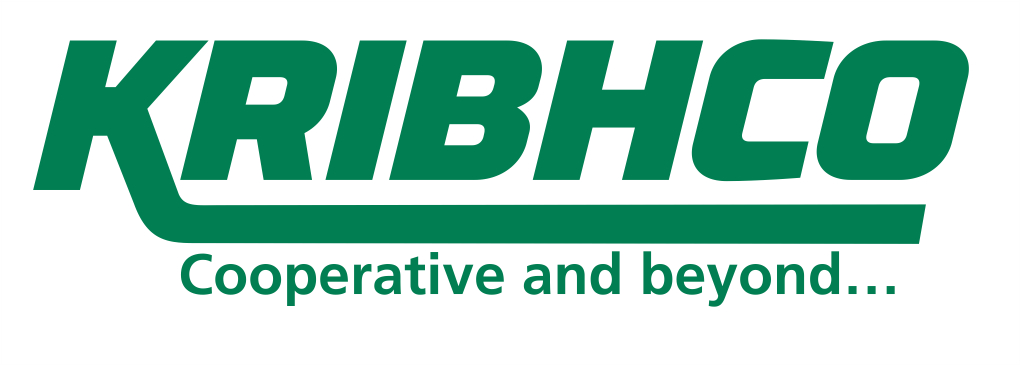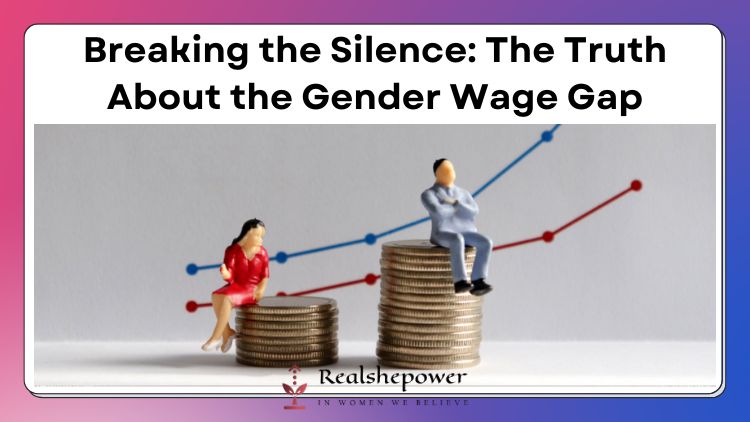Beyond Lip Service: Concrete Steps to Achieving Pay Equity for Women


Introduction
The gender pay gap has been a persistent problem for women, who, on average, earn less than men in almost every country in the world. While many organizations claim to support gender pay equity, many of them do not take concrete steps to achieve it. Pay equity is not just a slogan or a public relations exercise; it requires organizations to take specific actions to ensure that women are paid the same as men for equivalent work.
Beyond lip service, achieving pay equity for women requires organizations to examine and address the structural barriers that contribute to pay inequality. It also requires a commitment to creating a workplace culture that values diversity and inclusion. In this article, we will discuss the concrete steps that organizations can take to achieve pay equity for women.
Table of Contents
Step 1: Conduct a Pay Equity Audit
The first step in achieving pay equity for women is to conduct a pay equity audit. A pay equity audit involves analyzing compensation data to identify any disparities in pay between men and women. The audit should examine pay at all levels of the organization, including entry-level positions, middle management, and executive positions.
The pay equity audit should also examine the factors that contribute to pay disparities, such as job classification, education, experience, and performance. The goal of the pay equity audit is to identify any systemic barriers that may be contributing to pay inequality.
Step 2: Address Any Disparities Identified in the Pay Equity Audit
Once the pay equity audit is complete, organizations should take steps to address any disparities identified. This may involve adjusting salaries for women who are being paid less than their male counterparts for equivalent work. It may also involve making changes to job classifications or performance evaluations to ensure that women are not being unfairly disadvantaged.
It is essential to communicate the results of the pay equity audit to employees and stakeholders. Organizations should explain the steps they are taking to address any pay disparities identified in the audit. This transparency will help build trust with employees and demonstrate a commitment to achieving pay equity for women.
Step 3: Implement Policies and Practices to Ensure Pay Equity
Achieving pay equity for women requires more than just correcting existing pay disparities. Organizations must also implement policies and practices that ensure pay equity going forward. This may include:
- Implementing transparent and objective compensation policies and practices
- Conducting regular pay equity audits to monitor progress
- Providing unconscious bias training to managers and employees
- Encouraging flexible work arrangements to support work-life balance for all employees
- Promoting diversity and inclusion in all aspects of the organization, including recruitment, promotion, and leadership development.
Step 4: Hold Managers and Executives Accountable
Achieving pay equity for women requires commitment and accountability from all levels of the organization, from the top executives to middle managers. Organizations must hold managers and executives accountable for achieving pay equity goals. This may involve tying performance evaluations and bonuses to pay equity metrics and conducting regular reviews to monitor progress.
FAQs
Q. Is achieving pay equity for women difficult?
A. Achieving pay equity for women requires a commitment from organizations to address systemic barriers that contribute to pay inequality. However, it is achievable with concrete steps and a commitment to creating a workplace culture that values diversity and inclusion.
Q. Why is pay equity important?
A. Pay equity is important because it ensures that women are paid the same as men for equivalent work. It also helps to close the gender pay gap, which has long-term economic benefits for women, their families, and society as a whole.
Q. How does the gender pay gap affect women’s career development opportunities?
A. The gender pay gap can have a significant impact on women’s career development opportunities. When women are paid less than their male counterparts, they may have fewer opportunities to advance in their careers, access training and development programs, or take on challenging assignments that can lead to career growth.
Q. Are there any legal requirements for organizations to achieve pay equity?
A. In many countries, there are legal requirements for organizations to achieve pay equity. For example, in the United States, the Equal Pay Act of 1963 requires that men and women be paid the same for equal work. Many other countries have similar laws that require organizations to achieve pay equity.
Q. How can employees advocate for pay equity in their workplace?
A. Employees can advocate for pay equity in their workplace by raising awareness of the issue, collecting and sharing data on pay disparities, and advocating for policy changes that promote pay equity. They can also seek out allies within the organization, such as managers and executives who are committed to pay equity, and work with them to advocate for change.
Q. What are the benefits of achieving pay equity for women?
A. Achieving pay equity for women has many benefits, including closing the gender pay gap, promoting diversity and inclusion in the workplace, improving employee morale and retention, and increasing productivity and innovation. It also has long-term economic benefits for women, their families, and society as a whole.
Q. How long does it take for organizations to achieve pay equity?
A. The time it takes for organizations to achieve pay equity depends on a variety of factors, including the size of the organization, the complexity of the workforce, and the level of commitment to pay equity. Some organizations may be able to achieve pay equity relatively quickly, while others may require several years to address systemic barriers and implement policies and practices that ensure pay equity.
It is time for organizations to move beyond lip service and take concrete steps towards achieving pay equity for women. By doing so, we can create a more equitable and prosperous future for all.
The Gender Wage Gap: Why It’s Still an Issue in the 21st Century

In the modern era of supposed gender equality, one might think that the gender wage gap is a thing of the past. However, this is far from the truth. The gender wage gap refers to the difference in earnings
You can now write for RSP Magazine and be a part of the community. Share your stories and opinions with us here.
